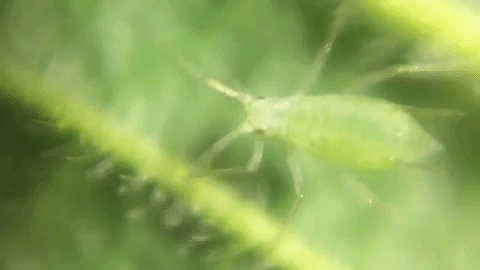Houseflies and any excuse to mention Jeff Goldblum
This whole macro photography series began with the random urge to buy a vice, a hacksaw, and a laser pen. Since then, I’ve not only developed a longstanding love of invertebrates—more so than I had before, at least—but I’ve also been on a constant bent for interesting things to photograph.
For some time, back when I was in Leeds (and, to everyone’s peace of mind, living alone) I began a habit of collecting various dead things and keeping them in little pots around the flat. The post were so the cat didn’t eat them—she ate the first dead bumblebee I found, to my horror, and spent the following six hours vomiting it then eating it back up in some kind of endless self-inflicted cycle. Why?
One such item that made it into the collection was this housefly. Now, I said I have a love for invertebrates. Honestly, flies make me feel a little uncomfortable—not least because of the amount of shit they’ve been eating. In any case, I knew I’d have a small chance of finding love in my heart for these things if I only studied them. Especially since prior to investigating, most of my knowledge about them comes from Jeff Goldblum, who weirdly made flies hot. Well, for a very brief second. They they go back to being noxious.
A bio straw for a mouth
A truth from the movie-film: Flies vomit on their food to eat it. This is because their mouth, the proboscis, is basically a straw. If you only had a straw to make eating work you’d also need to bring up your stomach contents to do the digesting on the outside.
How do they climb up walls? And windows? And everything else?
There’s no suction, there’s no glue—flies, as well as various creepy crawlies, even certain amphibians and reptiles, can walk on smooth surfaces due to tiny bristles and hairs on their feet. Even perfectly smooth-looking surfaces have imperfections, which create easy purchase opportunities for tarsal claws. (Those are the claw-like structures that are basically their hairy, hairy feet.) Side note: Not all surfaces have enough flaws for some crawlers, as anyone with a spider in their bath will recall. They don’t climb up the plughole, they fall in.
Even flies can be beautiful. Kind of.
“Iridescence is generated by the interaction of light with biological tissues that are nanostructured to produce thin films or diffraction gratings.” — Iridescence: A Functional Perspective
I asked Google ages ago about iridescence in animals, and why it exists, and it seems like that’s an interesting question: I couldn’t find a solid answer, with regard to flies. (I was thinking about lacewings at the time. Obviously.) I did find an awesome paper though, quoted above, which shed some light. (Pun accidental, deliberately kept.)
Part of their proposal looks into the ways “iridescent colours allow animals to communicate with conspecifics and avoid predators”. So far, it totally makes sense—colour’s function in nature can be seen across the board as a communication device to send warnings, show emotions, attract mates, and so on. But why would flies (and bees and wasps, etc.) need shiny, pretty wings?
What is the purpose of those iridescent wings?
We might be getting closer to answering that, since University of Lund entomologists Ekaterina Shevtsova and Christer Hansson and other researchers revealed the splendour of iridescence in fly, wasp, and bee wings. Where once their colouring was overlooked as random, and perhaps even drab, they showcased how marvellous it can be in certain light.
It’s all about the way they’ve been examined before: Inspecting wings over a white background reveals the veins for study, but hides the colour. Put the wings over a black background and—voilà!—bam goes the rainbow. Imagine how glittery they look fluttering back and forth over the black parts of their bodies. According to the study, it’s likely a means to attract mates.
And check it out! The images might not be of the best quality, but you can clearly see the black in action in my pictures. If you want a peek at some serious shine, definitely follow the link to have a look. It’s pretty amazing to think that these guys have been strutting their stuff all this time and we didn’t even know it—perhaps a lesson in assumption or focusing on the obvious. As always with these investigations, the more I learn, the more questions arise.


















